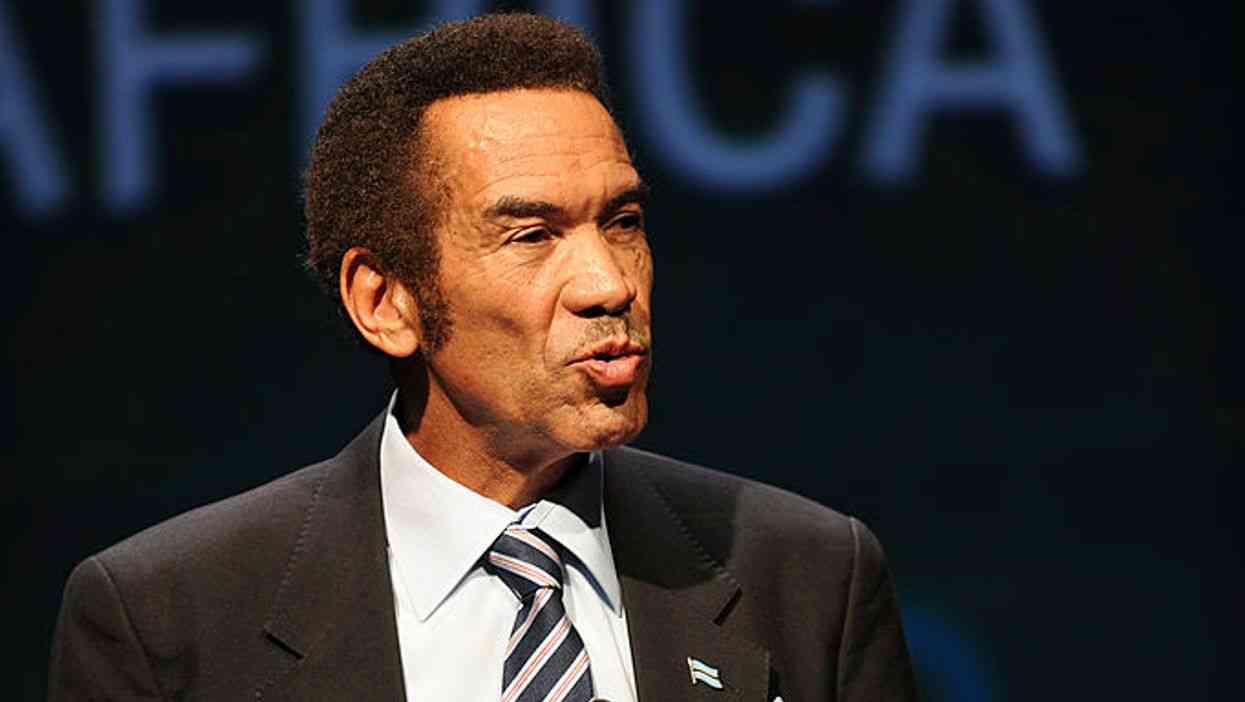
BY REX MPHISA
ZIMBABWE’s biggest transport cash cow structure, the New Limpopo Toll Bridge, is under threat due to the static weight of haulage trucks stuck at the border because of lockdowns in the region.
Authorities have since made recommendations for the re-opening of the 1927 Alfred Beit Bridge to vehicular traffic to relieve the new bridge of pressure. But that development is likely to spark debate from local communities over the free use of the old bridge.
The original Alfred Beit Bridge, which now only carries rail traffic, was completed in 1929 by Dorman Long and named after Alfred Beit, the gold and diamond colonial magnate, who spent $600 000 on the structure opened by the Earl of Athlone on August 31, 1929.
Its use for vehicular traffic was, however, stopped as the bridge was deemed to have outlived its lifespan.
The New Limpopo Bridge (NLB) was officially opened in 1995 by the late founding presidents of Zimbabwe and South Africa Robert Mugabe and Nelson Mandela respectively following a build-operate-transfer (BOT) deal that gave birth to the new structure.
The modern structure has been strained under stationary weight, some engineering experts have said.
A single artery directly linking South Africa and the Sadc region north of the Limpopo River, the 540m-long NLB built by Bulgarians, has been subjected to intense pressure during the Covid-19-induced heavy traffic logjams following the closure of other regional borders.
- Chamisa under fire over US$120K donation
- Mavhunga puts DeMbare into Chibuku quarterfinals
- Pension funds bet on Cabora Bassa oilfields
- Councils defy govt fire tender directive
Keep Reading
At times more than 30 laden trucks have been stationary on the double lane facility that should ideally not have more than five stationary trucks at a go, according to engineers who asked not to be named.
Zimbabwe National Roads Authority (Zinara) public relations manager Tendai Mugabe said measures were being put in place to reduce pressure on the bridge.
“I can confirm that Zinara’s role also includes regulating the flow of traffic across the bridge,” Mugabe said.
“This is done to ensure that there is never static traffic on the bridge, a requirement from the engineers, made in the interest of extending the life of the structure.”
Zinara has one traffic controller per shift directing traffic on the bridge managed through a multi-agency team both in Zimbabwe and South Africa, he said.
“A WhatsApp group consisting of stakeholders from both sides of the border was created for this purpose,” Mugabe said.
“Heads of stakeholder entities, including our Beitbridge managers, are also on that platform.
“Zinara also operates a two-way radio communication system, which is used by the controllers, especially when operating from the South African end of the bridge, in case there is need to communicate with the office and the cashier at the South African gate.”
He said at any given time, Zinara and the South Africa Revenue Services ask for specific numbers and type of vehicles required to cross to either country, to which Zinara traffic controllers comply while paying attention on the need to keep the bridge clear of traffic.
Challenges and bottlenecks in the movement of traffic are regularly discussed on the WhatsApp platform, with solutions being proffered.
Wherever necessary, heads of departments convene meetings to clear any arising obstacles, said Mugabe.
He said traffic increased after Botswana introduced strict measures that require foreign truck drivers to produce proof that they tested negative for Covid-19.
“On account of this, many transporters moving to or from South Africa now prefer the Beitbridge border post as their point of entry and exit,” Mugabe said.
“This trend has contributed to higher traffic volumes handled by Zinara at a time when the border post is also handling increased volumes of maize imports.”
Mugabe said the imports put pressure on the infrastructure on both sides of the Beitbridge border post, including the bridge with traffic having almost doubled to an average of 1 000 trucks per day compared to 600 in recent months.
From May 10 to June, 27 765 vehicles passed through the bridge with 13 700 being northbound, according to Mugabe.
“Kindly note that we have made recommendations to re-open the Beit [Old] Bridge to vehicular traffic,” he said.
“However, authorities from both sides of the border should be ready to accommodate an increased volume of vehicular traffic on their border components.”
The Beit Trust says its bridge would be used free of charge and it would be interesting to see if South Africa and Zimbabwe will respect the documented wish.
Mugabe said there was need to review border processes concerning the screening of pedestrians and vehicular arrivals from South Africa and the bottleneck created by the northbound Vehicle Inspectorate Department (VID) weighbridge.
“The VID weighbridge is partly slowing down the movement of inbound commercial traffic due to its proximity to the New Limpopo Bridge,” Mugabe said, noting that the commercial parking area on the arrivals side was currently limited due to ongoing upgrading of the border post.










